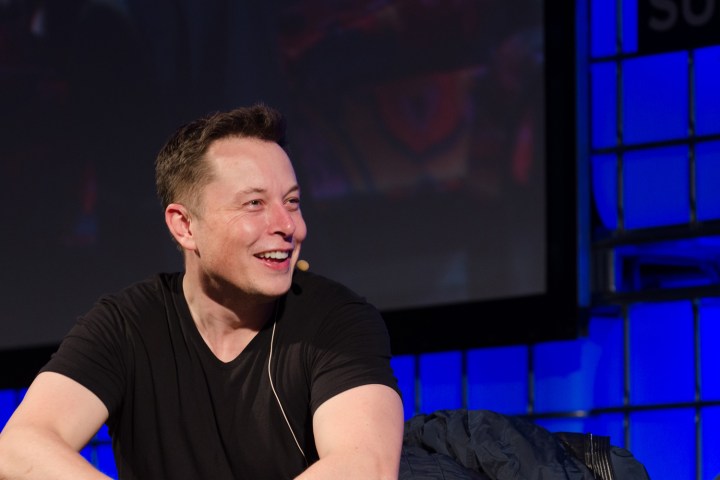
On Thursday, Musk made an appearance at a transportation conference in Norway, where he said, “We have an idea for something which is not exactly a bus but would solve the density problem for inner city situations. Autonomous vehicles are key … I don’t want to talk too much about it. I have to be careful what I say.”
He seems to be referencing a concept for an entire fleet of autonomous buses, which may be somewhat similar to the self-driving lorries the U.K. is planning on testing toward the latter half of this year. But instead of transporting goods, Musk’s giant, self-driving vehicles will be transporting people.
This is by no means the first time the Tesla CEO has delved into the topic of self-driving technology. Indeed, Musk’s futuristic car company has long been at the forefront of the autonomous movement, with last year’s Model X introduced with a semi-autonomous Autopilot feature. And last month, the Model 3 was made available for pre-order to stunning demand, and this car seems to be the company’s attempt at a full-fledged self-driving vehicle.
Musk has long made clear his disdain for traffic and congestion, particularly in high-density urban environments where rush hour transportation slows to a crawl. “I very much agree with solving the high-density urban transport problem,” Musk said in Norway. “There’s a new type of car or vehicle that would be great for that and that’ll actually take people to their final destination and not just the bus stop.” And while we’ll have to wait to see just what that car or vehicle is, rest assured that when Elon Musk is involved, it’s quite sure to be exciting.
Editors' Recommendations
- Tesla’s Optimus humanoid robot can now dance like Elon Musk
- Intel’s next GPU just leaked, and it looks like a sub-$200 card worth buying
- No more GPUs? Here’s what Nvidia’s DLSS 10 could look like
- X, formerly Twitter, looks set to become subscription-only
- This mysterious Nvidia GPU is an absolute monstrosity — and we just got another look


